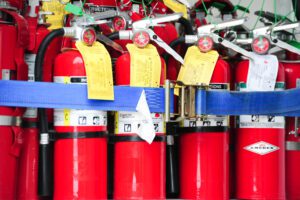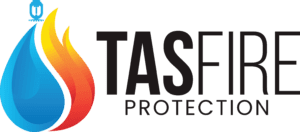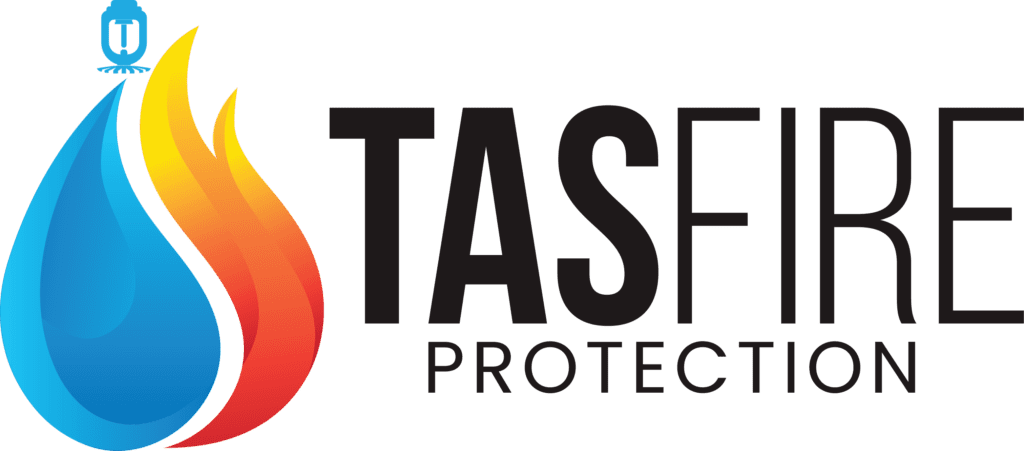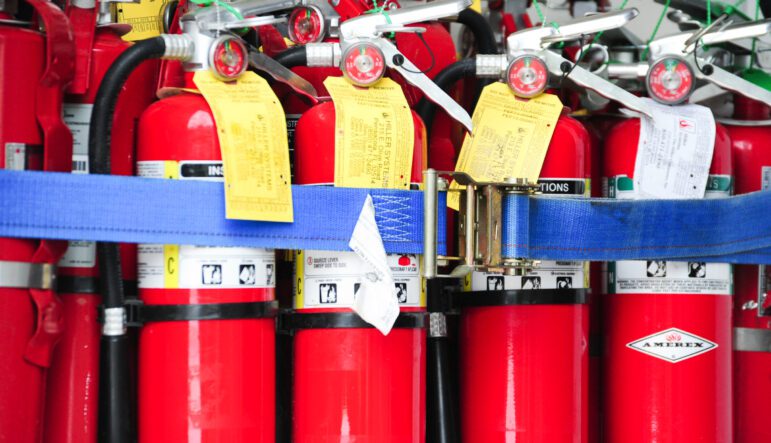Understanding Fire Extinguishers: Everything You Need to Know…

Fire poses a serious hazard to homes, businesses, and a wide range of sectors. It can seriously harm people, property, and valuables and even cause fatalities. In the event of such severe fire disasters, having a fire extinguisher on hand and within easy reach is essential. How can we choose the right type of fire extinguisher, though?There are different types of fire extinguishers, each with a unique application. Selecting the best one could be challenging because each type serves a different purpose. In this article, we will look at the types of fire extinguishers, their uses, and how to choose the right one for your needs.
Understanding Fire Extinguishers
Prevention is always better than cure. However, some locations with dry weather or low relative humidity are more prone to developing a fire. When this occurs, knowledgeable authorities will warn the public about the potential for fire interactions. To install the required fire fighting systems, companies and other commercial enterprises must complete a fire system inspection.
Most times, fire extinguishers look the same, but their usage can vary. For instance, each type of extinguisher will be designed for a specific purpose. The most popular extinguisher types include dry chemicals, powder, foam, water, water mist, and others. Choosing the right one will depend on the type of fire safety hazard you will encounter.
What Is A Class A Fire?
A Class A fire is one that includes things we use every day that are flammable materials, including wood, paper, textiles, rubber, and many plastics. These combustible materials will catch fire when they come into contact with the ‘fire triangle’ (heat, oxygen, and fuel). The most commonly used Class A fires (solids) have relatively low ignition temperatures. They are widely used in family households, institutions, warehouses, and businesses.
Fire Safety and Types of Extinguishers
Are you aware of the main types of fire extinguishers? What are their color codes and uses? Water (red), foam (cream), wet chemicals (yellow), dry powder (blue), and carbon dioxide (black) are the main types of fire extinguishers. Different fire types and extinguishers could be classified based on color to make them easier to identify as required and use in various environments. We shall go into more detail on this in the latter.
Understanding the fire extinguisher equipment that is most suited for your trade is important to following regulations and adding safety to businesses and people. However, you must first comprehend the many types of fires and how each should be handled. This helps us understand that not all fire extinguishers are made the same and prepares us to extinguish flames before they suffocate the environment. Below are the different types of fire extinguishers and their uses.
Class A Fire Extinguishers
Water extinguishers: Class A fire extinguishers use water and foam to suppress fires. They are the most common type of fire extinguisher found in households and work incredibly well to smother flames. However, they should not be used on electrical fires, as they could make the situation worse.
Foam extinguishers: Class A fire extinguishers, such as foam extinguishers, are rated for fires involving ordinary combustible materials such as wood, paper, and cloth. They work by forming a barrier between the fire and oxygen, which smothers the flames. However, they can be messy and difficult to clean up.
Class B Fire Extinguishers
Dry chemical extinguishers: Class B Fire extinguishers, or dry chemical extinguishers, are used to extinguish Class B fires, which involve flammable liquids such as gasoline, oil, and paint thinner. They are also effective on Class A fires (solid materials such as wood and paper) and Class C fires (electrical fires). Dry chemical extinguishers work by coating the fire with a fine powder that smothers the flames and interrupts the chemical reaction of combustion. The powder is also electrically non-conductive, so it can be used on electrical fires without the risk of shock. However, Class B dry chemical fire extinguishers can damage surfaces and be harmful to breathe in.
Class K Fire Extinguishers
Wet chemical extinguishers: Class K fire extinguishers are wet chemical extinguishers that are intended for Class K fires, which are fires that involve combustible cooking media such as vegetable or animal oils and fats. They are less likely to cause property damage than other kinds of extinguishers because of the way they extinguish the flames—by smothering them with a moist chemical solution.
What Are Fire Classes?
Fires can be categorized based on the elements and fuels they burn. These types of fires are assigned distinct classification letters in different regions of the world. However, they can differ between countries like Europe, the United States, and Australia. Fire-extinguishing agents are determined for each type of fire using this classification system. Given are the main fire classes:
Class A: Paper, Wood, and Plastic
Class A fires, which may involve trash cans, a pallet of cardboard, or clothing, are a common occurrence for firefighters to deal with. The majority of suppression techniques are successful for Class A fires, with the exception of extinguishers that employ carbon dioxide.
Class B: Flammable & Combustible Liquids
Inflammable, combustible compounds like gasoline, kerosene, oil, tar, paint, wax, cleaning spirits, or alcohol are the main causes of class B fires. Dry powder extinguishers work best for putting out this kind of fire, though foam or carbon dioxide can also be employed. Importantly, putting out this kind of fire with water can be dangerous, especially if it involves oil.
Class C: Flammable Gases
The class C fire is due to combustible gases such as LNG (liquefied natural gas, acetylene), butane, propane, and LPG (liquefied petroleum gas). Only a dry powder extinguisher should be used when trying to put out a gas fire before the gas supply has been switched off.
Class D: Combustible Metals
These flames are a result of flammable substances like potassium, titanium, magnesium, and others. Combustible metal flames are extinguished with D-rated extinguishers.
Class E: Electrical Fire
Appliances like heaters and batteries, among other things, are the main causes of Class E electrical fires. Once the electrical component has been removed, one may use any other fire extinguisher, depending on the type of fuel that is causing the fire.
Class F: Cooking Oils & Fats
The majority of Class F fires start in kitchens and contain cooking oils such as vegetable or olive oil, lard, butter, or dripping. There are several ways to put out this kind of fire, but it’s important to realise that water should never be used because it can spread the flames. Extinguish the fire by using a wet chemical extinguisher.
How to Choose the Right Type of Fire Extinguisher
Here are a few factors to be aware of while choosing and using a fire extinguisher:
- The size of the fire: Fire extinguishers are available in various sizes, and it’s recommended to buy fire extinguishers that are easy to use and handle. Instead of getting larger ones, you can go with sizes that cater to your needs. Also, it is important to note that if the fire is not under control, evacuate to a safer place and call for help.
- The location of the fire: Ease of accessibility is of utmost importance when it comes to safety practices. The extinguisher should be compatible with your use and need to be located close by. For homes, you can purchase a Class A fire type, whereas if you are an industrialist or running a business, you will require a Class B or Class C fire. Also, they must be placed in a cool, dry place, but keep them out of reach of children.
Below are some suggestions on where to place a fire extinguisher:
- Garage: Close to the workbench and tools.
- Kitchen: Near the cooking area.
- Offices: Not far from electrical equipment.
- Schools: Within easy reach of classrooms, workshops, and laboratories.
- Storage areas: Proximity to flammable materials, such as paper and cardboard.
- Woodworking shop: Near the saws and other equipment.
The ease of use: Fire extinguishers need to be tested on a regular basis to ensure their working condition. Plus, conduct fire drills at least twice a year so that everyone will be familiar with and can use them without panicking.
The cost of fire extinguishers: All fire extinguisher types & sizes are available at various price ranges, so you can get the right types and classes of fire extinguisher solutions that suit your needs and budget.
By following all these tips, you can not only choose the right type A fire extinguisher that best suits your needs but also use it safely and efficiently in the event of a fire accident.
How to Use a Fire Extinguisher
Not everyone will be familiar with the use of a fire extinguisher. You can easily use the acronym PASS, which stands for Pull, Aim, Squeeze, and Sweep. Just follow these steps to use a fire extinguisher safely and efficiently:
- Pull the pin to activate the extinguisher.
- Aim the nozzle at the base of the fire.
- Squeeze the handle to release the extinguisher.
- Sweep the nozzle from side to side to cover the entire fire.
Once the fire is extinguished, it’s advisable to evacuate the area. Still, there are scenarios where it will be hard to handle the situation. It is recommended to conduct fire drills at the organisation at least twice a year so that employees have practice using the extinguisher and can handle the situation without panicking. If you are ready to fight the fire, remember to use it from a safe distance without breathing the extinguishing agent.
Ensure the Safety of Your Property with TASFire’s Fire Extinguishers
Fire can trigger at any time, and identifying the common cause is really important. While using Type A fire extinguishers at home, remember not to spray the extinguisher for too long or point the extinguisher at yourself or others. It should be sprayed for a few seconds at a time. If you come across an incident of fire that starts using the extinguisher, stay with it until the fire is extinguished. In case the situation is beyond control, do not fight the fire; instead, pull the fire alarm, evacuate to a safe area, and call the fire department.
Fire is a major concern that causes severe damage. With a proper understanding of fire extinguisher classes and the types of fire extinguishers and fire extinguisher recharge, you can choose the right type. A fire extinguisher that caters to your specific requirements.
Contact Us (905-870-7779) for a Free Consultation!
—

About TAS Fire Protection
TAS Fire Protection offers comprehensive and cutting-edge fire, security, and electrical services to clients with residential, commercial, industrial, or high-rise properties. Our team of highly skilled professionals has years of experience in installing, maintaining, and inspecting fire, security, and electrical systems and equipment.
> Learn More

